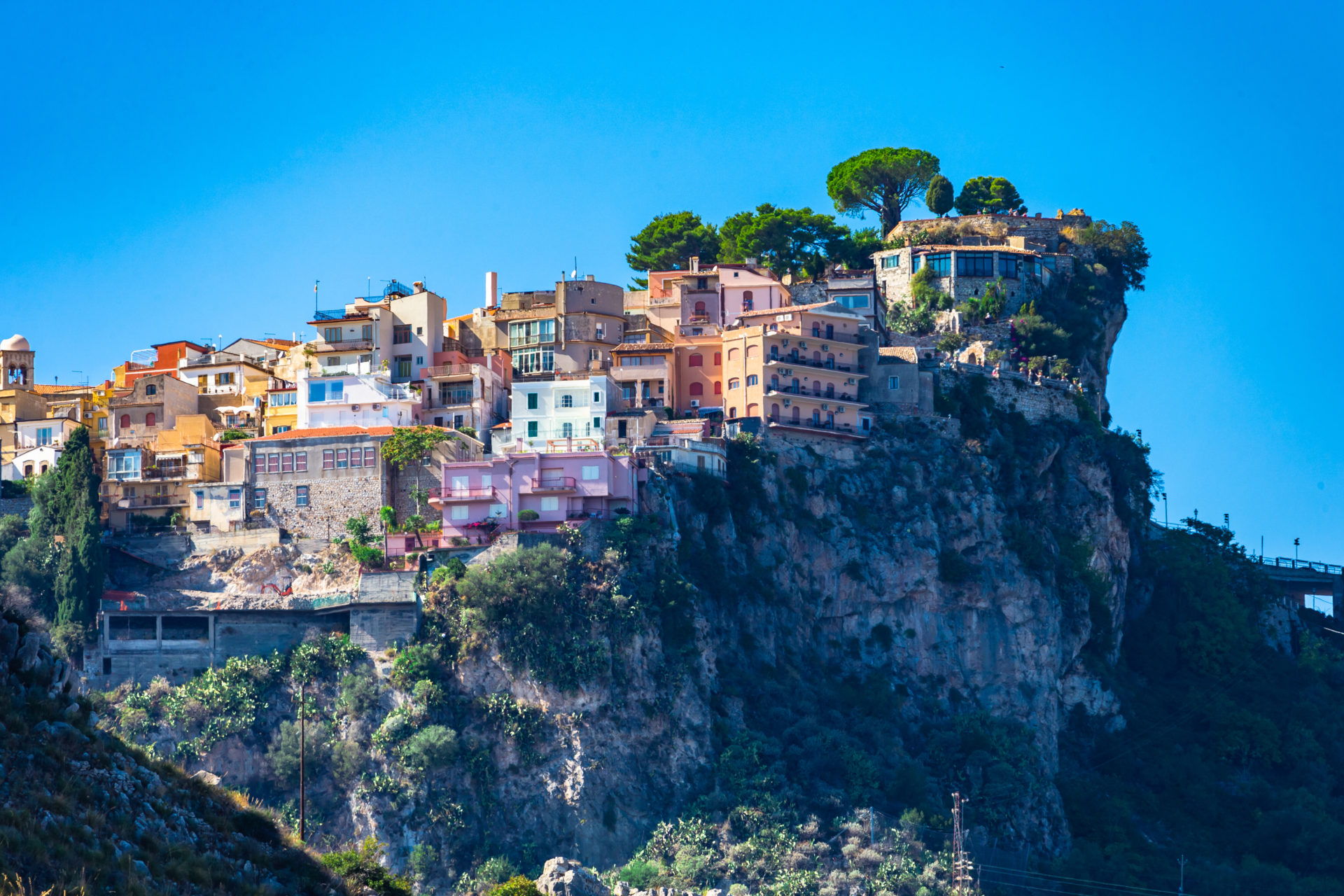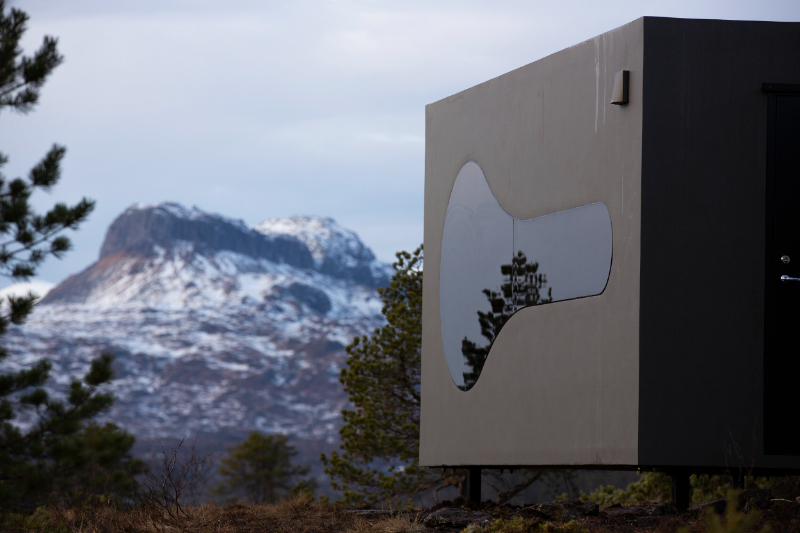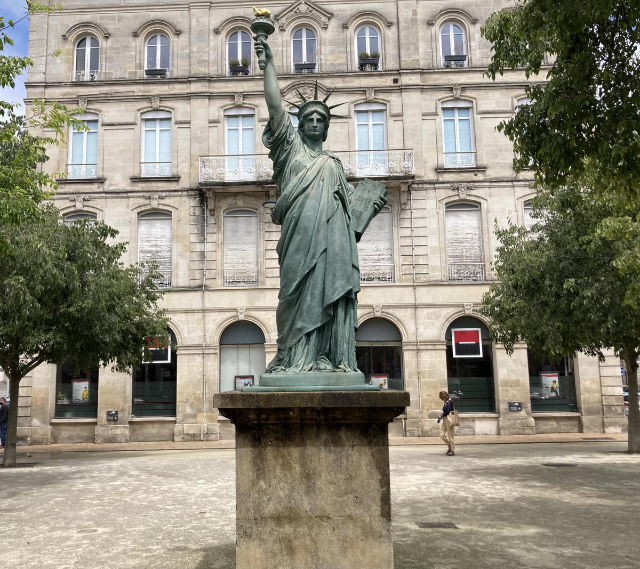Myle was the name of the ancient city. Castelmola derives from the Norman castle overlooking the town and from the shape of the fortress on which it stands, vaguely resembling a stone grindstone (the millstone).
Its history is this:
396 B.C., the Siculians replaced the ancient dry stone walls with more valid ramparts, in anticipation of an attack by Dionysus, tyrant of Syracuse, who conquered the city in 392.
263 B.C., Hieron of Syracuse obtains from Rome the legitimacy to govern. Upon his death in 214, Myle remained loyal to Rome.
902, the ferocious Ibrahim, Prince of Cairouàn, breached the fortifications, devastated the city, massacred its inhabitants and then left Myle through the gate that has since been called "of the Saracens".
1078, Ruggiero the Norman defeated the Arabs and drove them out of the Demon Valley, built a new settlement around the castle and fortified it. It is in this period that the village begins to be called Mola. When the Swabians took over from the Normans, Mola supported them against the Angevins.
In 1282, the Angevins were driven out of the fortress and the population sided with the Aragonese. The following centuries are difficult for the inhabitants, oppressed by the Spanish misgovernment that subjects them to heavy taxes, sacrifices and renunciations of every kind.
1738, Castelmola became part of the Kingdom of the Two Sicilies.
1860, the Bourbon army is on the run and the population votes the annexation to the Kingdom of Italy.













